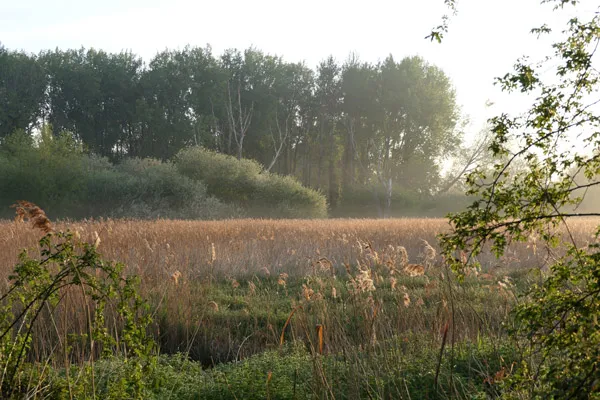Citation

Arolwg
The first quantitative global assessment of biodiversity conservation interventions for climate change adaptation has been undertaken, led by BTO researchers.
In more detail
Acknowledgments. We are grateful to Olly Watts for commenting on the manuscript and providing external advice through the project. This research was funded by the Cambridge Conservation Initiative, a strategic collaboration between the University of Cambridge, UK, and nine leading conservation organisations, thanks to the generosity of the Arcadia Fund.
This work was led by the British Trust for Ornithology as part of a consortium that also included BirdLife International, Fauna and Flora International and the University of Cambridge, supported by Nottingham Trent University, University of Leeds, University of Stellenbosch, Natural England and the National Wildlife Federation. It was undertaken as an activity of the IUCN Species Survival Commission’s Climate Change Specialist Group.
We thank three anonymous reviewers for helpful comments to an earlier draft of this manuscript.
Abstract
There is an urgent need to quantify the potential for conservation interventions to effectively manage the impacts of climate change on species' populations and ecological communities. In this first quantitative global assessment of biodiversity conservation interventions for climate change adaptation, we identified 77 peer-reviewed studies, including 443 cases describing the response of individual species' populations or assemblages to particular interventions, whilst also accounting for responses to climate change or particular climatic variables. Eighty-two percent of studies were from Europe or North America. In 30% of reported cases, interventions were regarded as beneficial (having a significant positive impact on a population also affected by a climatic variable). However, beneficial outcomes were more likely to be reported when fewer responses were analysed, suggesting a publication bias in the reporting of beneficial responses. Management focused on particular species (e.g. targeted habitat management and species recovery interventions) was modelled to have a higher probability (73%) of being beneficial than more generic interventions such as land and water management (22%) or protection (17%). Although more data on the effectiveness of climate change adaptation for species conservation are required, the diversity of examples reviewed suggests that climate change adaptation can successfully reduce negative impacts of, or enhance positive responses to, climate change. Targeted interventions maximise the persistence of the most vulnerable populations, whilst expanding habitat management and site protection interventions may benefit the largest number of species and ecosystems. The effective monitoring and evaluation of adaptation interventions is required to improve this evidence-base for future decision-making.



